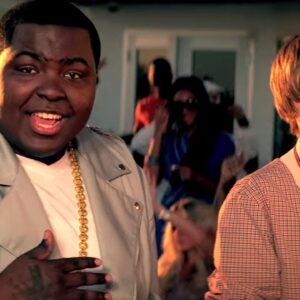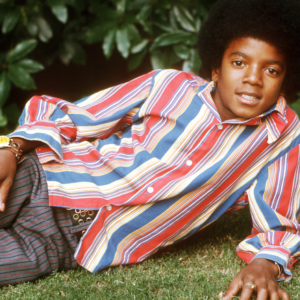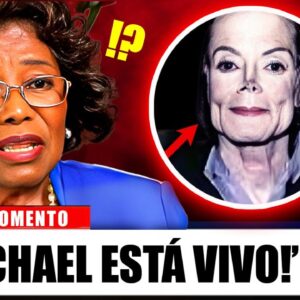 On this day in 1895, Buster Keaton was born. In celebration of the 128th birthday of “The Great Stone Face,” we revisit Keaton’s Jewish influences and collaborators. An earlier version of this story appeared on October 4, 2021.
On this day in 1895, Buster Keaton was born. In celebration of the 128th birthday of “The Great Stone Face,” we revisit Keaton’s Jewish influences and collaborators. An earlier version of this story appeared on October 4, 2021.
Without the influence of Erik Weisz, the Hungarian-born, Wisconsin-raised son of a rabbi, Buster Keaton might never have become one of the most iconic figures in film history. Known professionally as Harry Houdini, Weisz partnered with Keaton’s parents, Joseph and Myra, who were traveling vaudevillians. The oft-repeated story tells of young Joe Keaton surviving a tumble down a staircase unscathed, prompting Houdini to exclaim, “Wow, it sure was a buster!” This incident inspired Joseph and Myra to christen their son Buster Keaton, envisioning a future in stunt performance.
By the early 1900s, the Houdini and Keaton Medicine Show Company had dissolved, leading the Keatons to establish their own act, “The Three Keatons.” Buster, at age seven, became known for his remarkable ability to endure his father’s rough handling on stage. A 1905 advertisement for their act boasted, “Maybe you think you were handled roughly as a kid — watch the way they handle Buster!”
However, tensions grew between Buster and his father, exacerbated by Joseph’s alcoholism. Eventually, Buster and his mother moved to New York City. At 21, Buster began working with filmmaker Roscoe “Fatty” Arbuckle, appearing in numerous short films. It was in New York that Keaton caught the eye of Joseph Schenck, a Russian-Jewish immigrant and film company owner, who provided Keaton with his own production unit. This led to the creation of Buster Keaton Comedies, through which he made numerous acclaimed two-reel comedies and feature films such as “The General” and “Steamboat Bill, Jr.”
In 1921, Keaton married Natalie Talmadge, sister-in-law to Schenck. The 1920s marked Keaton’s golden era, solidifying his status alongside Charlie Chaplin and Harold Lloyd. Renowned film critic Roger Ebert later hailed Keaton as “the greatest actor-director in the history of the movies.”
Keaton’s marriage to Talmadge produced two sons, Joseph and Robert, but their relationship eventually deteriorated. Struggling with personal issues, Keaton was reportedly institutionalized, only to escape from a straitjacket using techniques he had learned from Houdini.
As silent films gave way to talkies, Keaton’s brand of comedy fell out of favor. He battled alcoholism but remained active in Hollywood as a gag writer, contributing to several Marx Brothers films. His distinctive “Great Stone Face” made him a sought-after cameo in films like Billy Wilder’s “Sunset Boulevard” and “A Funny Thing Happened on the Way to the Forum,” which featured music by Stephen Sondheim and starred Jewish-American comedians Jack Gilford, Zero Mostel, and Phil Silvers.
In the 1960s, Keaton experienced a resurgence in popularity, partly due to the “You don’t have to be Jewish to love Levy’s real Jewish rye” ad campaign, which humorously featured him with an overstuffed pastrami sandwich. Mel Brooks credited Keaton as an inspiration for his “Silent Movie,” and comedian Richard Lewis cited Keaton as a role model.
Los Angeles honored Keaton with a bronze plaque commemorating the location of his and Chaplin’s movie studio. In a fitting twist, the plaque had been mistakenly placed across the street from the actual studio location 30 years earlier. What a buster that was.





